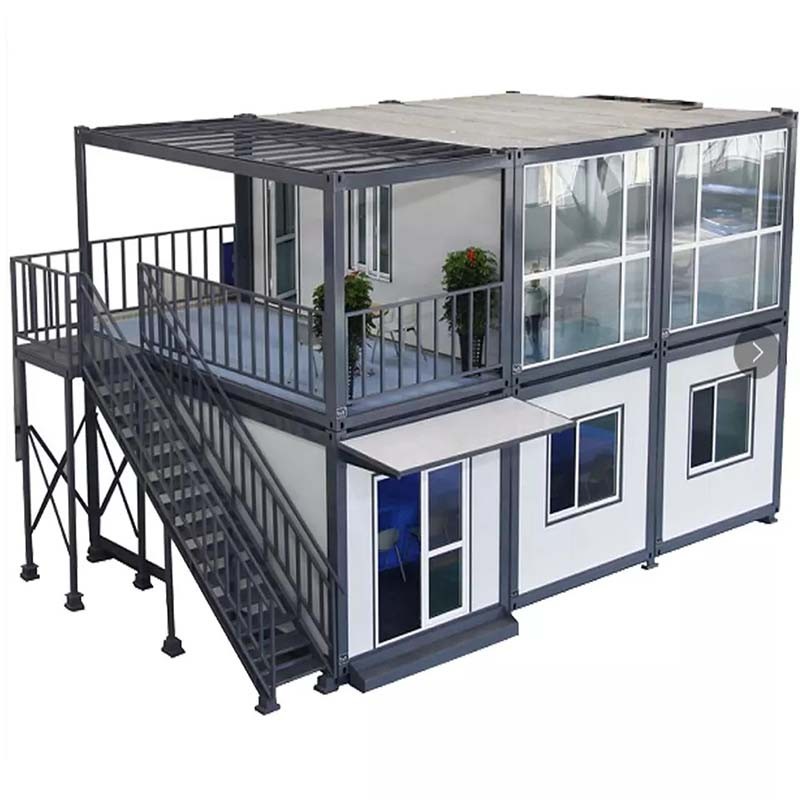How Long Does A Shipping Container House Last?
Nov 21, 2022
Shipping containers house are steel boxes designed to withstand the harshest of conditions on the seven seas. While this means they're certainly built to last, it isn't exactly clear how long this is supposed to be.
Haulage companies tend to depreciate their containers over 10-12 years, but this is by no means their maximum lifespan. When maintained properly and used either for storage or as a modified building, shipping containers can last in excess of 35 years. Whether you're planning to use a container for construction site storage, extra space in a school, or simply to stash away your excess possessions, here are five simple steps to prolong the life of your shipping container house.
MADE TO LAST…
Rustproofing – Shipping containers are made out of Corten steel (also known as "weathering steel") which is specifically designed to withstand prolonged exposure to saltwater. Having said this, this type of steel is not invincible. If the surface of your container is damaged, then it’s possible for rust to develop, which can potentially lead to long-term structural problems. To avoid this, be sure to conduct regular checks for rust on the external walls and corners. If you notice any rust, sandblast it down to the unaffected metal, then seal and apply a rust-resistance paint.
Clear the roof – Shipping containers are designed to be stacked on top of each other. Almost all of the weight is born through the corner posts of a container, making the roof relatively weak in comparison. Unless your container has been specifically modified to hold weight on its roof, we'd advised keeping it clear to avoid any long-term damage.
Mount your container on a foundation – If you keep your container on a field, it's a good idea to place it on top of a concrete foundation. Not only will this help to keep it secure, but it will also decrease the chance of moisture seeping into its base and causing rust.
Keep dry and well-ventilated – As we've mentioned before, "container rain" can cause damage to both the structure and contents of a container. To make sure this doesn't happen, keep your container well-ventilated and dry, using desiccants where possible.
Lubricate moving parts – It might sound basic, but keeping the moving parts of your container well-lubricated will help keep rust at bay. Concentrate on the container doors, as well as any other hinges.

